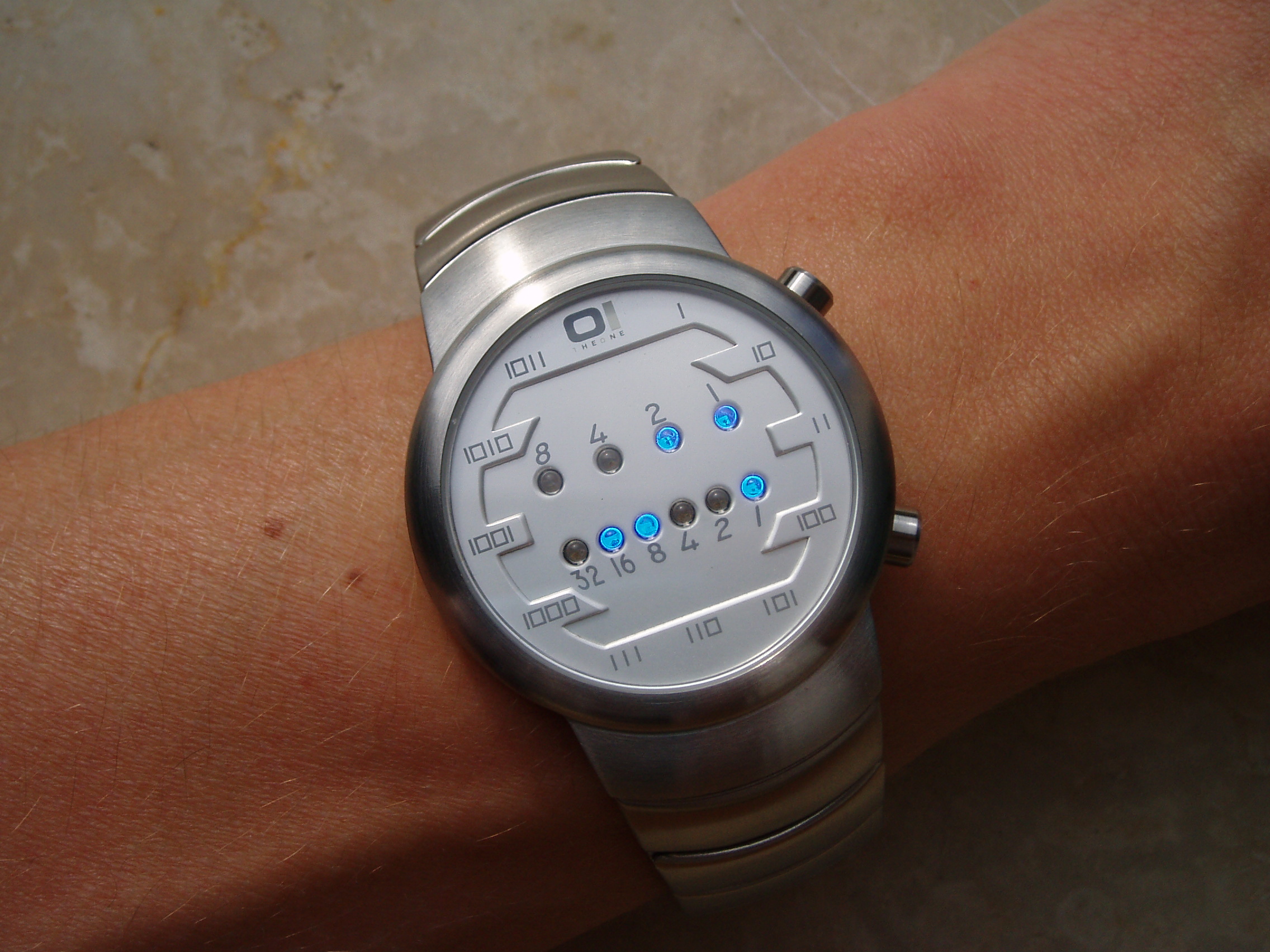A binary watch has 4 LEDs on the top which represent the hours (0-11), and the 6 LEDs on the bottom represent the minutes (0-59).
Each LED represents a zero or one, with the least significant bit on the right.
For example, the above binary watch reads “3:25”.
Given a non-negative integer n which represents the number of LEDs that are currently on, return all possible times the watch could represent.
Example:
Input: n = 1
Return: [“1:00”, “2:00”, “4:00”, “8:00”, “0:01”, “0:02”, “0:04”, “0:08”, “0:16”, “0:32”]Note:
- The order of output does not matter.
- The hour must not contain a leading zero, for example “01:00” is not valid, it should be “1:00”.
- The minute must be consist of two digits and may contain a leading zero, for example “10:2” is not valid, it should be “10:02”.
Runtime: 0 ms, faster than 100.00% of C++ online submissions for Binary Watch.
class Solution {public:vector<string> readBinaryWatch(int num) {vector<string> result;for (int h = 0; h < 12; h++) {for (int m = 0; m < 60; m++) {if (bitset<10>(h << 6 | m).count() == num) {result.emplace_back(to_string(h) + (m < 10 ? ":0" : ":") + to_string(m));}}}return result;}};

